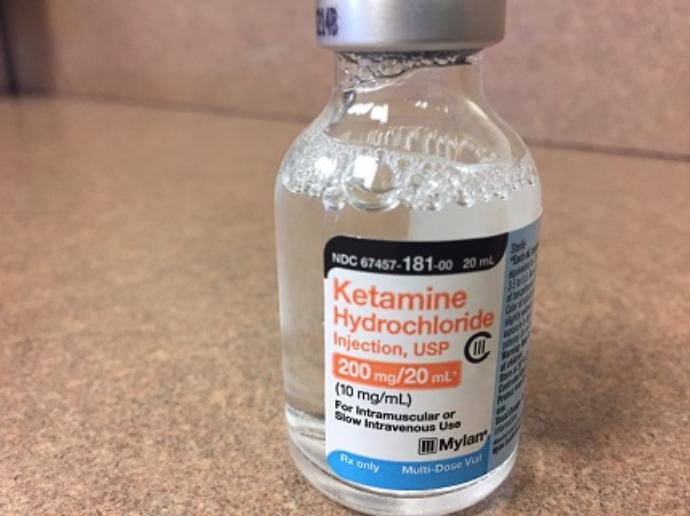Understanding Ketamine 10mg: Uses, Effects, and Safety Information
Ketamine is a medication primarily known for its role as a dissociative anesthetic, widely used in medical settings for anesthesia and pain management.
The 10mg dosage represents a low to moderate strength, often administered under professional supervision depending on the treatment context.
Originally developed for surgical anesthesia, this compound has gained attention for its emerging applications in treating conditions such as treatment-resistant depression and certain chronic pain disorders.
At low doses like 10mg, it may provide rapid relief of depressive symptoms or pain when other treatments have been ineffective.
Ketamine works by interacting with the brain’s NMDA receptors, modulating glutamate activity, which influences mood and perception. This mechanism differs significantly from traditional antidepressants, offering new therapeutic pathways.
Because of its potency and psychoactive properties, Ketamine administration requires strict medical oversight.
Potential side effects include dizziness, elevated blood pressure, and perceptual changes. Inappropriate use or unsupervised intake can lead to serious health risks.
If you are seeking detailed information on available Ketamine formulations, please refer to our website’s product section. (You can add your Ketamine product URL here if available.)
For authoritative clinical information about Ketamine’s uses and precautions, the Mayo Clinic Ketamine Overview is a trusted resource.
Always consult a qualified healthcare Globaltrustopedia professional before considering treatments involving Ketamine or similar medications.



Reviews
There are no reviews yet.